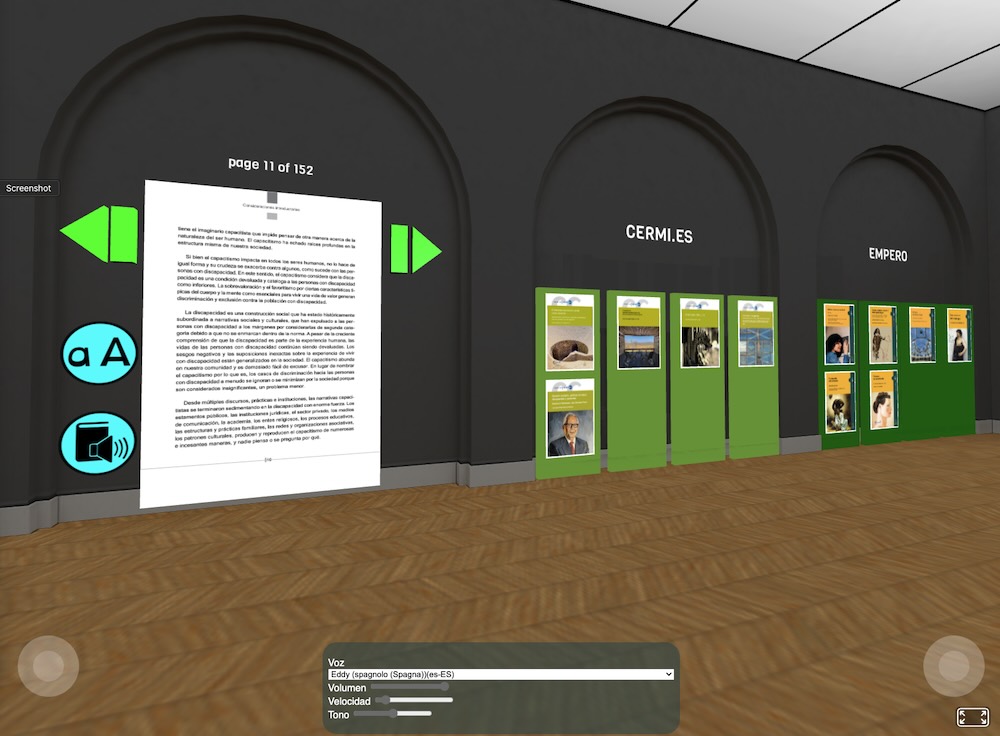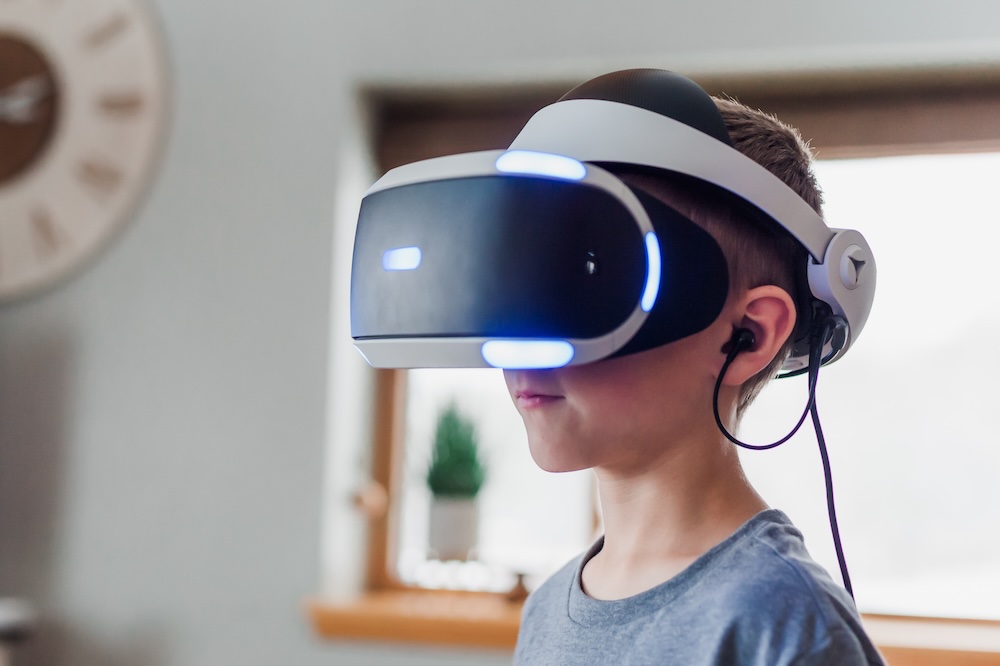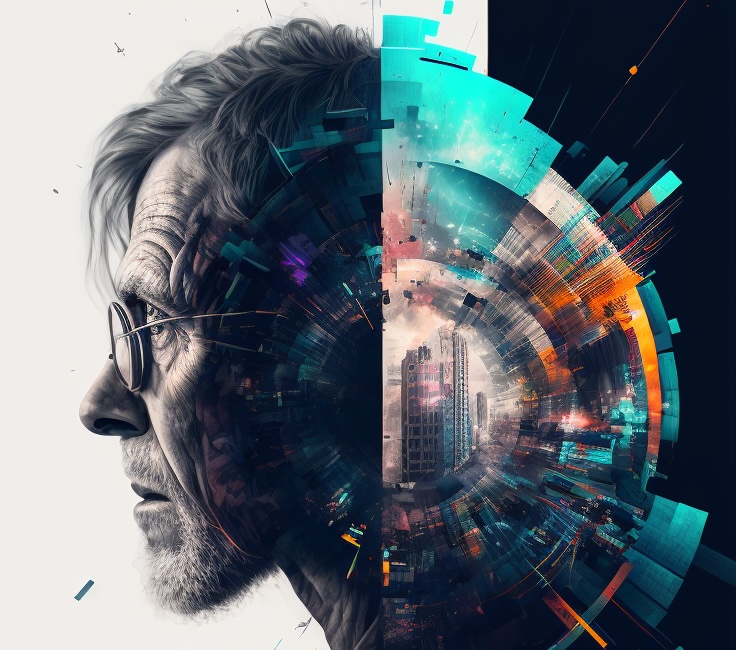



Immersive technologies, such as virtual and
augmented reality, can be used in inclusive
education to provide students with
diverse learning needs with more engaging and
interactive learning experiences.
These technologies can be used to create
simulations, virtual environments, and
other interactive resources that can be adapted
to suit the needs of individual students.
Additionally, immersive technologies can be used
to create more inclusive learning environments,
by providing students with visual, auditory, and
tactile cues that can help them better
understand and engage with the material.
Some examples of immersive technologies that can
be used in inclusive education include virtual
field trips, virtual labs, and interactive games
and simulations. Augmented reality (AR) can be
used to enhance the educational experience by
providing students with interactive, engaging
and dynamic learning materials. Some examples
of how AR can be used in education include:
AR can be used to bring textbook content to life by adding interactive elements such as animations, videos and 3D models to the pages
AR can be used to take students on virtual field trips to places that might be difficult or impossible to visit in person, such as historical sites or other countries.
AR can be used to enhance museum visits by providing students with interactive information and multimedia content related to the exhibits they are viewing
AR can be used to help students visualize complex scientific and mathematical concepts in a more interactive and engaging way
AR can be used to provide interactive, immersive language learning experiences, such as virtual tours of foreign cities, where students can practice speaking and listening skills in a real-world contexts
Smart technologies can be used as a non-invasive treatment
for degenerative diseases, such as Parkinson's, Alzheimer's
or Multiple Sclerosis, using our software for
cognitive-behavioral therapy, adapting training to each
patient based on their performance, or creating Cloud
platforms for the remote assistance of the different
categories of patients, helping them to cope with the
disease and maintain their independence and cope with
the isolation, depression and anxiety that often come
with the disease.
Other examples can be found in neurological diseases,
autism, dyslexia, schizophrenia ... where different
cognitive abilities are stimulated, which improves
social interactions and a reduction in the patient's
isolation.
And, finally, the technology applied to rehabilitation,
physical or neuronal, which makes it possible to adapt the
activities to the patient with a playful role capable of
increasing the motivation and involvement of the person
being treated.



The use of immersive technologies can be an
important support for the treatment of multiple anxiety
disorders, eating disorders, post-traumatic disorders.
Virtual reality in these cases allows the recreation of
highly realistic scenarios, with a significant emotional
involvement but always under the control of the
specialist, representing an effective tool in the paths
of treatment and psychological support.
Additionally, VR can be used to provide virtual reality
therapy (VRT) for individuals with anorexia. VRT can be
used to help patients with anorexia to practice and improve
their body image, and it can also be used to help
patients with anorexia to cope with and manage their
symptoms such as distorted body image and low self-esteem.
Immersive technologies, such as virtual reality (VR) and
augmented reality (AR), can be used to promotean inclusive
culture and sports by providing experiences and opportunities
for people who may otherwise be excluded.
Additionally, AR can be used to provide real-time information
and assistance in a variety of settings, making it more
accessible for people with disabilities, and also promoting
inclusivity.
Immersive technologies can be used to simulate experiences
for people with disabilities, allowing them to participate
in sports that they otherwise would not be able to. AR can be
used to provide also a real-time information and assistance
to athletes, coaches, and officials, making sports more
accessible to everyone.



Technology can be used to provide resources and support
for minority groups in a variety of ways. For example,
mobile apps and websites can be developed to provide
information on legal services, job opportunities. Online
communities can also be created to connect immigrants with
others who have gone through similar experiences,
providing a sense of support and belonging.
Additionally,
virtual reality and augmented reality can be used to
provide immersive cultural experiences and language learning
opportunities. Telemedicine can also be used to
provide medical care for immigrants who may have difficulty
accessing health services in person. In addition, immersive
technologies can also be used to promote diversity and
inclusion by creating virtual environments that represent
different cultures and perspectives. This can help to break
down stereotypes and promote understanding and acceptance of
different cultures.
Technology can be used to promote gender
inclusion and combat discrimination in various ways.
For example, online platforms and tools can be developed to
create safe spaces for women and other marginalized groups to
connect and share resources and information. Virtual and
augmented reality can be used to create immersive training
experiences that raise awareness about unconscious bias and
promote empathy for underrepresented groups.